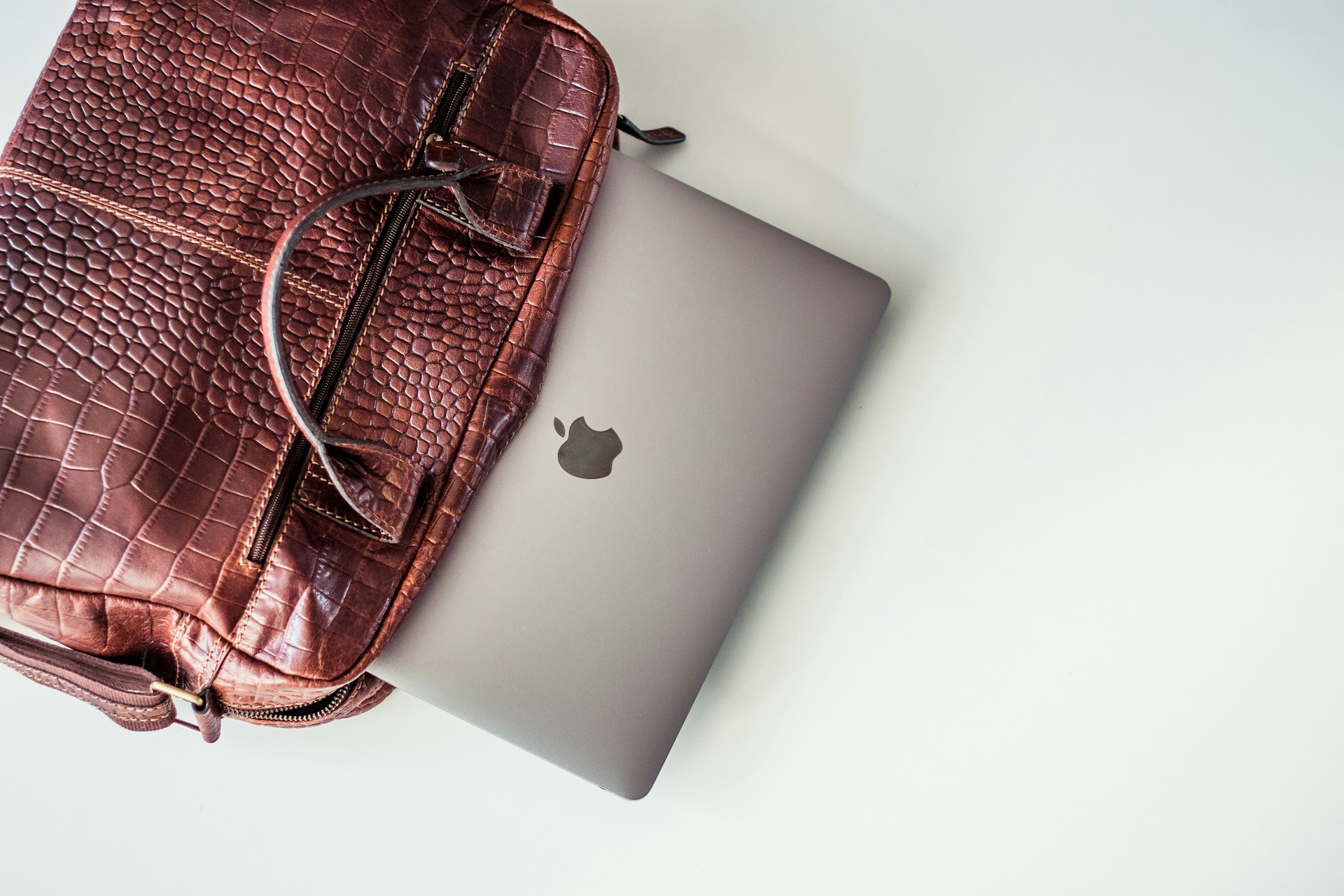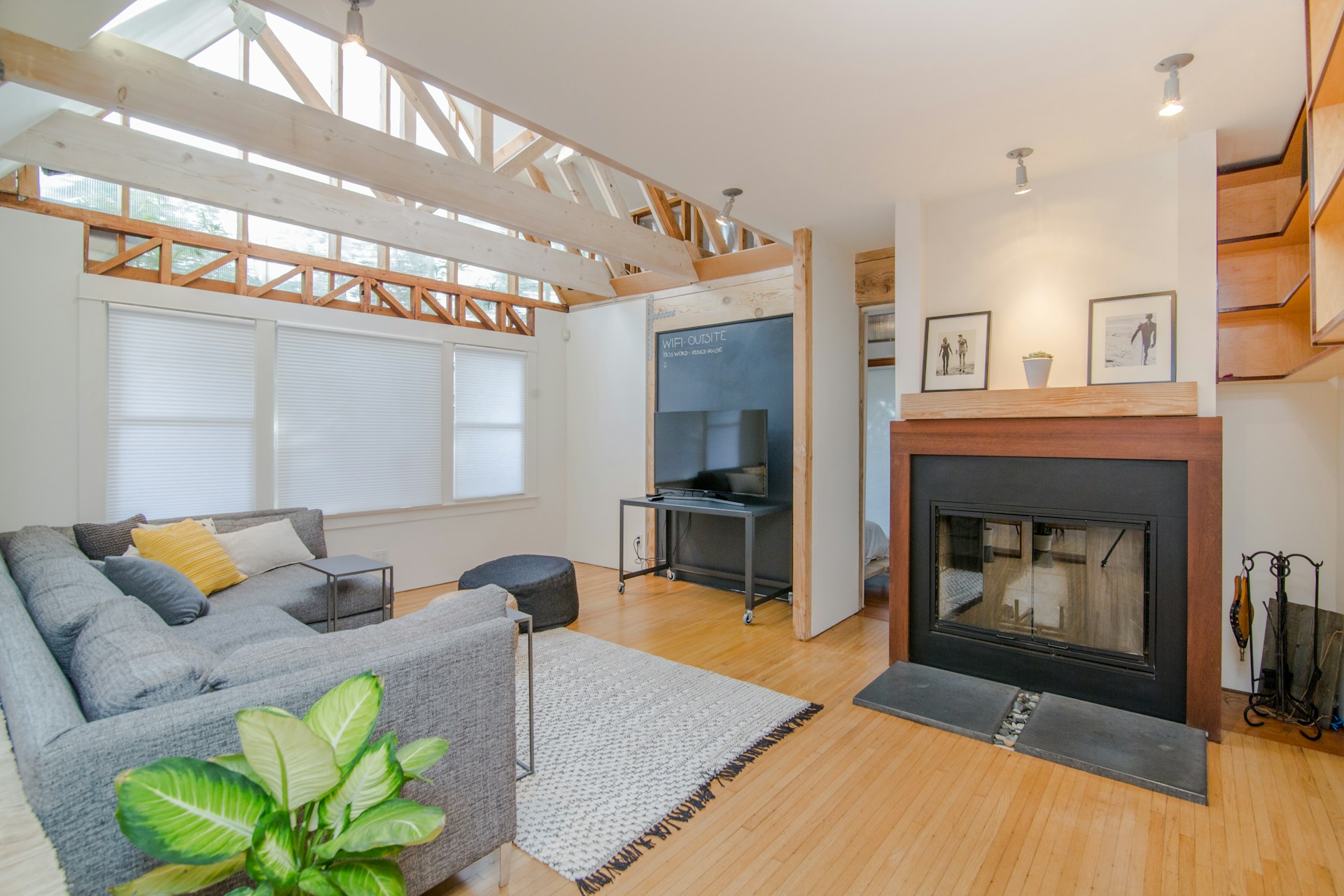Living as a Digital Nomad in Australia: Complete Guide
If you need a guide to setting up as a digital nomad in Australia, here you can find the information you need to do so.
In this guide we tell you the most relevant information for you as a digital nomad to get the step-by-step information for living in Australia. This country is a favourite for digital nomads looking to live in countries with a high quality of life and multiple options for leisure, advanced connectivity and tourism. That’s why in this guide you will find the most relevant information about accommodation, coworking places, transport, visas and health insurance.
Why choose Australia to live as a digital nomad?
Australia has earned a reputation as a perfect destination for digital nomads, thanks to its quality of life, networking opportunities and friendly, diverse culture. Top reasons to choose Australia as your next destination include:
- Quality of life: Australia is renowned for its high quality of life. Australian cities often appear at the top of quality of life rankings due to their pleasant climate, safety, transport infrastructure and access to quality health services.
- Networking opportunities: With a large number of professionals in technology, marketing and other digital sectors, Australia offers excellent opportunities to meet other digital nomads, entrepreneurs and freelancers. Cities such as Sydney and Melbourne are known for technology conferences.
- Digital nomad community: The digital nomad community in Australia continues to grow, and in cities such as Brisbane, Perth and the Gold Coast it is easy to find support groups and events for foreigners. This diverse community facilitates adaptation and allows for the exchange of ideas and experiences.
- Connectivity and technology: Australia has good internet connectivity in its major cities, which is essential for working online. If you are heading to more remote areas, you may experience connectivity failures. This makes big cities the ideal place for digital nomads who need a stable connection for their work.
- Culture and entertainment: Life in Australia offers an ideal balance between work and leisure. With a wide range of cultural offerings, world-renowned beaches, nature parks, mountains and historical sites, you’ll always have something new to discover. From music festivals to sporting events and outdoor activities, Australia is a country that knows how to enjoy life.
Which visas allow legal residence in Australia?
For digital nomads interested in living and working in Australia, there are several visa options that allow for extended stays. Some of the most commonly used visas to work remotely in the country are:
- Working Holiday Visa (subclass 417): This visa is popular with young people from certain countries, as it allows them to work and travel in Australia for up to 12 months. It is available to people aged between 18 and 30 (or 35 for some nationalities), and allows them to work legally to finance their stay in the country.
- Skilled Independent Visa (subclass 189): Although this is a visa intended for people with specific skills, some remote workers in specialised sectors may qualify for this visa, allowing them to reside in Australia indefinitely. The process is competitive and requires a high score in a qualification system based on work experience and studies.
- Student Visa (subclass 500): For those who wish to study while working, this visa allows you to enrol in educational courses and work up to 20 hours per week. It is ideal for those who want to improve their skills and at the same time experience life in Australia.
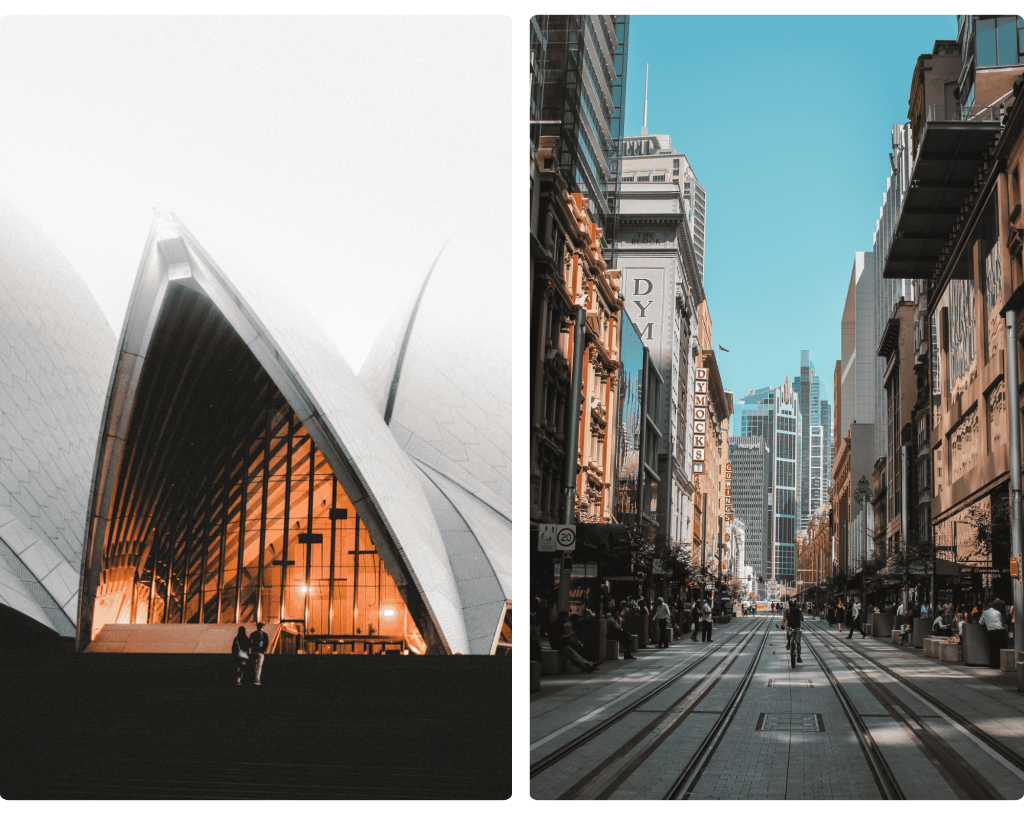
Where to live and work as a digital nomad in Australia
Australia is a vast and diverse country, with plenty of bustling city and beach paradise options for digital nomads to find the perfect place. Here are the top cities and the accommodation and coworking space options you can consider.
1. Main cities for digital nomads in Australia.
- Sydney: As Australia’s largest city, Sydney offers an excellent infrastructure for digital nomads, with plenty of coworking spaces, entertainment options and an extensive network of foreigners. The Surry Hills and Bondi Beach neighbourhoods are particularly attractive, with a mix of urban and beach culture.
- Melbourne: Known for its artistic and bohemian vibe, Melbourne is ideal for creative digital nomads. The city has a wealth of cafés, art galleries and coworking spaces. Fitzroy and St Kilda are vibrant neighbourhoods that attract a large community of freelancers and remote workers.
- Brisbane: Brisbane offers a more relaxed lifestyle than Sydney or Melbourne, but with excellent internet connections and a growing nomad community. It is also close to popular tourist destinations such as the Gold Coast and Sunshine Coast, making it a strategic location for exploring the region.
2. Accommodation options for digital nomads in Australia
- Coliving: Co-living options in Australia are on the rise, especially in larger cities. Companies such as UKO and Lyf offer shared flats with common areas for socialising and working. Prices can range from 600 to 1,200 AUD per month (390 to 790 USD) depending on location and services included.
- Hotels and hostels: If you plan a shorter stay, hostels and hotels are viable options in most cities. They can be expensive, so it is advisable to make reservations in advance to get better rates.
- Exchange houses: Australia has a wide range of exchange houses, where you can stay cheaply. Platforms such as HomeExchange facilitate the temporary exchange of accommodation, making it possible to reduce costs and live in a furnished house.
3. Coworking spaces for digital nomads in Australia.
The coworking scene in Australia is very active, with options ranging from modern offices in the city centre to more informal spaces in residential areas. Some of the most outstanding spaces include:
- Hub Australia: This has locations in Sydney, Melbourne and Brisbane, with monthly memberships starting at AUD 500 (USD 327).
- WeWork: This international chain has several locations in Sydney and Melbourne, with prices starting at AUD 450 per month (USD 295).
- The Commons: With locations in Sydney and Melbourne, it offers well-designed spaces and a community atmosphere, with memberships starting at AUD 350 (USD 229).
In addition to these spaces, there are cafés and public libraries with high-speed internet, ideal for working remotely and enjoying a relaxed atmosphere. As a digital nomad in Australia, it’s easy to find options that suit your needs and budget.
Important: If you are a frequent traveler and want to stay connected without worrying about expensive roaming or looking for a new SIM at every destination, Holafly’s subscription plans are for you. With a single eSIM, enjoy internet in more than 160 countries for a fixed price and no surprises on your bill. Travel without limits and connect easily and securely! 🚀🌍
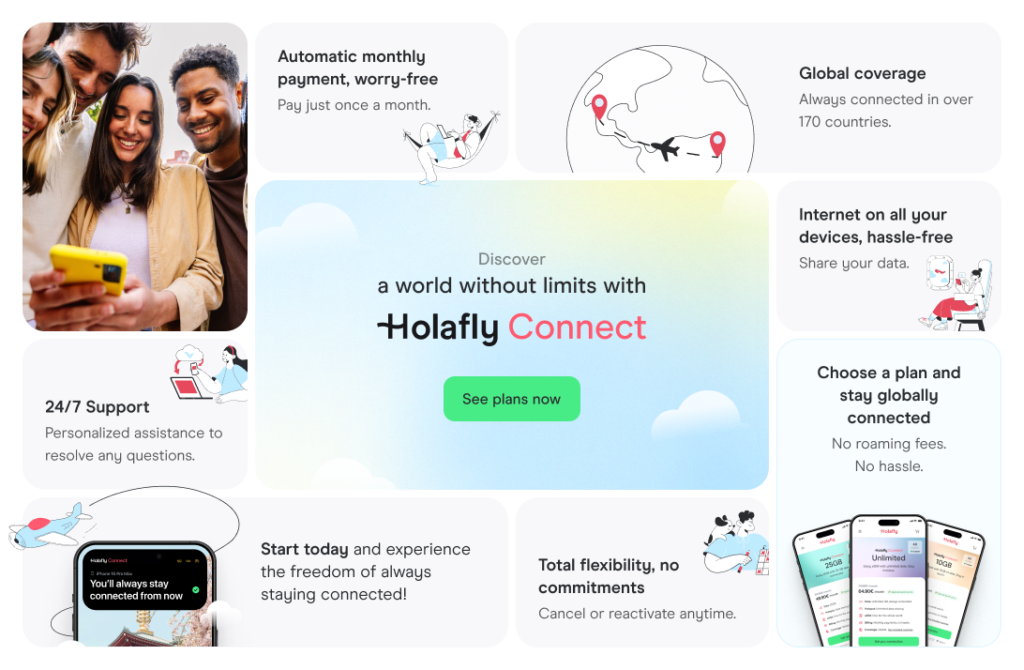
What taxes should I be aware of in Australia?
When deciding to live and work as a digital nomad in Australia, it is essential to consider the local taxes that may apply depending on your nationality and the length of time you stay in the country. Australia has a tax system that covers both residents and non-residents, and the criteria for determining tax residency may vary.
1. Tax residence and criteria
For tax purposes, Australia classifies individuals into tax residents and non-tax residents. Residency status affects the type of tax you have to pay and the amount you are taxed. In general, for a digital nomad to be considered a tax resident, they must either spend more than 183 days in Australia in a tax year or demonstrate that they intend to reside in Australia on a continuous basis.
- Tax residents: These are subject to income tax on all their global income, i.e. both income generated in Australia and overseas. Residents can benefit from certain tax exemptions and deductions that are not available to non-residents.
- Non-tax residents: These are only taxed on income they earn within Australia, which could be the case for digital nomads working for local businesses. They are not entitled to the same exemptions as tax residents.
2. Double taxation treaties
Australia has double taxation agreements with a number of countries, which allows individuals to avoid paying tax twice on the same income. These agreements can reduce the tax burden for digital nomads coming from countries that have signed treaties with Australia. Some of these countries include the USA, the United Kingdom, Canada, Germany, among others.
Thanks to these treaties, digital nomads can reduce or avoid double taxation in their home countries and in Australia. These treaties also offer benefits such as exemption of certain types of income (interest, dividends or royalties) and facilitate the recognition of social security contributions in the country of origin.
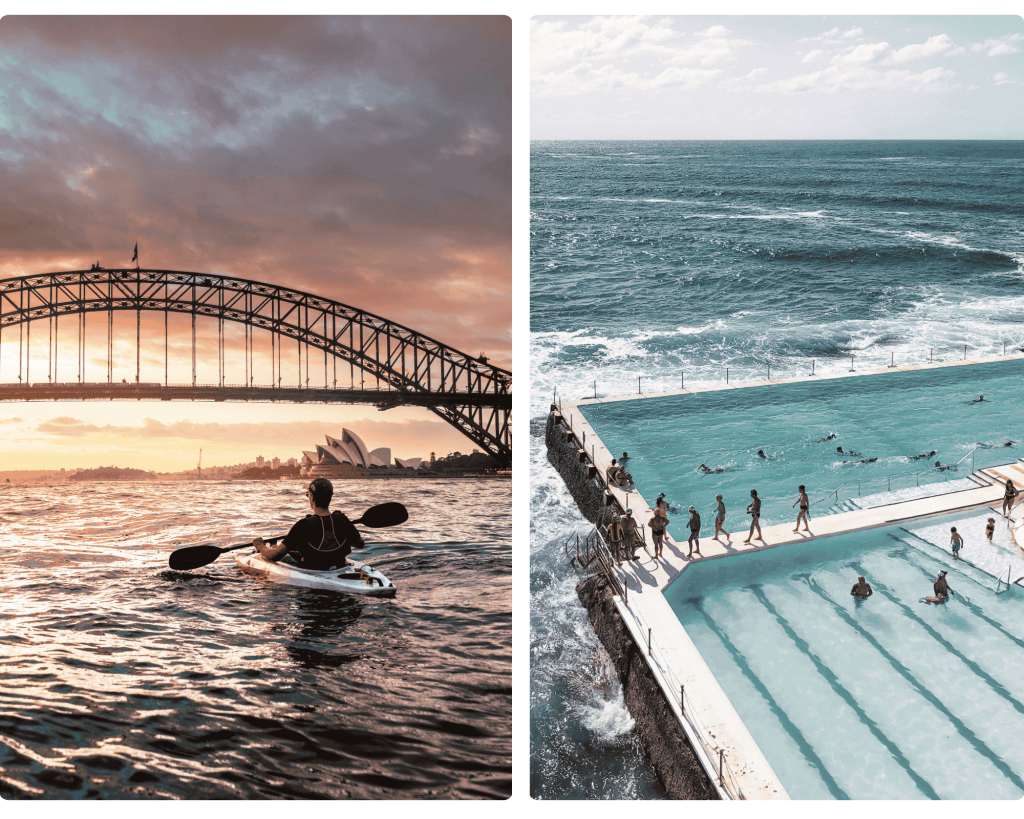
What is the quality of Australia’s health service and health insurance like?
Health in Australia is an important consideration for any digital nomad. Australia’s healthcare system is known for its quality and accessibility, although digital nomads may need private insurance to get full coverage.
Access to the public and private health system in Australia
Australia has a high-quality public health care system known as Medicare, which provides free or subsidised health care to citizens and permanent residents. However, digital nomads in Australia on temporary visas are generally not eligible for Medicare. There are some exceptions if your country has a reciprocity agreement with Australia, such as the UK, Italy or New Zealand. In these cases, you can receive emergency public health care, although private health insurance is recommended.
- Private health insurance: For digital nomads who do not qualify for Medicare, there are private insurance options that cover general medical, hospital and dental care. Companies such as Bupa, Allianz and Medibank offer specific plans for foreigners, including coverage for emergencies, routine consultations and hospitalisation.
What is daily life like in Australia as a digital nomad?
Here are the main things to consider in your day-to-day life as a digital nomad in Australia, with a wide range of options for getting around, managing your finances and enjoying your day-to-day life.
1. Transport and mobility in Australia
Australia has an efficient and well-organised transport infrastructure, especially in its major cities. As a digital nomad, you have several options for getting around:
- Driving and licensing: Visitors and digital nomads can use their foreign driver’s licences during their stay in Australia, as long as they are in English or have a certified translation. For those planning a longer stay, it is possible to validate the foreign licence in some Australian states. If validation is not an option, you can also apply for an Australian licence after taking a driving test.
- Public transport: Major cities such as Sydney, Melbourne and Brisbane have well-connected public transport systems, including trains, buses and trams. Fares are generally affordable and can be paid for using transport cards such as the Opal in Sydney or the Myki in Melbourne. Car-sharing and taxi services are also widely available.
2. Financial management in Australia
Australia has a developed and secure banking system that makes it easy for digital nomads to manage their finances. Recommended banking options for foreigners include:
- Commonwealth Bank: This is one of Australia’s largest banks and offers easy-to-open accounts for foreigners. It has a large number of ATMs and a nationwide branch network.
- ANZ: Another popular bank among foreigners that offers accounts with no monthly fees, as well as online applications for managing finances.
- Digital banks: Platforms such as Revolut and Wise are also recommended for digital nomads, as they allow the transfer of money in multiple currencies and at low cost.
3. Food in Australia
Australia’s food offers varied and accessible options to suit all lifestyles. For shopping, digital nomads can find large supermarket chains such as Woolworths, Coles and Aldi, which are present in most cities and offer a wide range of local and imported products. In addition, in some areas it is common to find farmers’ markets where fresh fruit, vegetables and other produce can be purchased at competitive prices, allowing you to reduce your food bills and enjoy high quality local produce.
In terms of average meal costs, a meal at a budget restaurant can cost between AUD 15 and 20 (USD 10 and 13), while dinner at a mid-range restaurant can range between AUD 30 and 50 (USD 20 and 32) per person. For digital nomads looking to save money, there are plenty of fast food options and cafes with affordable options ranging from AUD 10 to 15 (USD 6 to 10). In major cities such as Sydney and Melbourne, it is easy to find international cuisine options, from Asian and Mediterranean to Latin American, which is ideal for those who want to explore different flavours.
Some recommended restaurants for digital nomads include popular cafés with good internet connections and relaxed, work-friendly atmospheres, such as The Grounds of Alexandria in Sydney or Proud Mary in Melbourne.
4. Leisure and free time in Australia
Australia is a perfect destination for outdoor enthusiasts and offers a wide range of leisure and recreational options. Major cities have a wide variety of gyms and fitness centres, and monthly memberships range from AUD 60 to 90 (USD 40 to USD 60). When it comes to outdoor sports, surfing is a favourite, especially at beaches such as Bondi Beach in Sydney and the Gold Coast in Queensland. You can also dive the Great Barrier Reef, one of the country’s most unique and spectacular experiences.
Australia is also ideal for hikers, with famous walks such as the Great Ocean Walk in Victoria or the Blue Mountains in New South Wales. For those who prefer urban tourism, the cities offer iconic sites such as the Sydney Opera House, the Bay Bridge and the Royal Botanic Gardens.
Festivals and events: Australia has a vibrant cultural agenda, and events such as Vivid Sydney and the Melbourne Film Festival attract people from all over the world. Other highlights include music festivals such as Splendour in the Grass and the Falls Festival, which provide opportunities to socialise and enjoy a multicultural atmosphere.
What is the best time of year to live in Australia?
Australia has a diverse climate that varies considerably from north to south, which is important for digital nomads who plan to stay for several seasons or adapt to local conditions.
- Spring (September to November): It is one of the best times to visit Australia, with mild and pleasant temperatures in most parts of the country. In this season, the gardens and parks are in full bloom and the weather is ideal for outdoor activities such as hiking and urban exploration.
- Summer (December to February): Summer in Australia is hot and often humid, especially in the north. In this season you can enjoy the beaches and water sports and activities. However, it is important to consider that temperatures can be quite high, especially the further you go away from the coast, which may limit some activities.
- Autumn (March to May): This is an excellent time for those who want a mild climate and fewer tourist crowds. This season is ideal for those looking for a quieter and cooler environment, perfect for activities such as hiking and sightseeing in the main cities.
- Winter (June to August): Winter in Australia is mild in the north and colder in the south. It is a good time to explore the tropical north, as temperatures are pleasant and humidity is low. At this time of year, it is also possible to ski in the mountains of Victoria and New South Wales.
What are the costs of living as a digital nomad in Australia?
- Accommodation: The cost of accommodation depends on the city. In Sydney and Melbourne, the monthly rent for a one-bedroom flat can be between AUD 1,800 and AUD 2,500 (USD 1,180 to USD 1,640), while in smaller cities it can be reduced to AUD 1,200 (USD 786) or less. There are also co-living options in Australia that offer shared spaces from AUD 1,000 (USD 655) per month.
- Coworking spaces: In Australia, coworking spaces are common and can be found in all major cities. A monthly pass to a coworking space typically costs between AUD 250 and 500 (USD 163 and 327), depending on the location and services included. Recommended coworking spaces for digital nomads include Hub Australia, WeWork and The Cluster in Melbourne.
- Food: In general, spending on food can vary according to lifestyle, but a monthly budget for a single person is typically around AUD 500-800 (USD 327-524) if you shop in supermarkets and cook at home.
- Transport: In major cities, public transport is accessible and efficient. In Sydney, the Opal card allows you to travel by train, bus and ferry at fares ranging from AUD 3 to 10 (USD 2 to USD 7) each way. In addition, Australian cities also offer bicycle rentals and ridesharing services.
- Leisure: Leisure activities such as gyms, visits to national parks, and events typically cost between AUD 150 and 300 (USD 98 and USD 196) per month. For those who enjoy an active social life, this expenditure may be higher, especially in larger cities where entertainment options abound.





 Language
Language 


















 No results found
No results found





